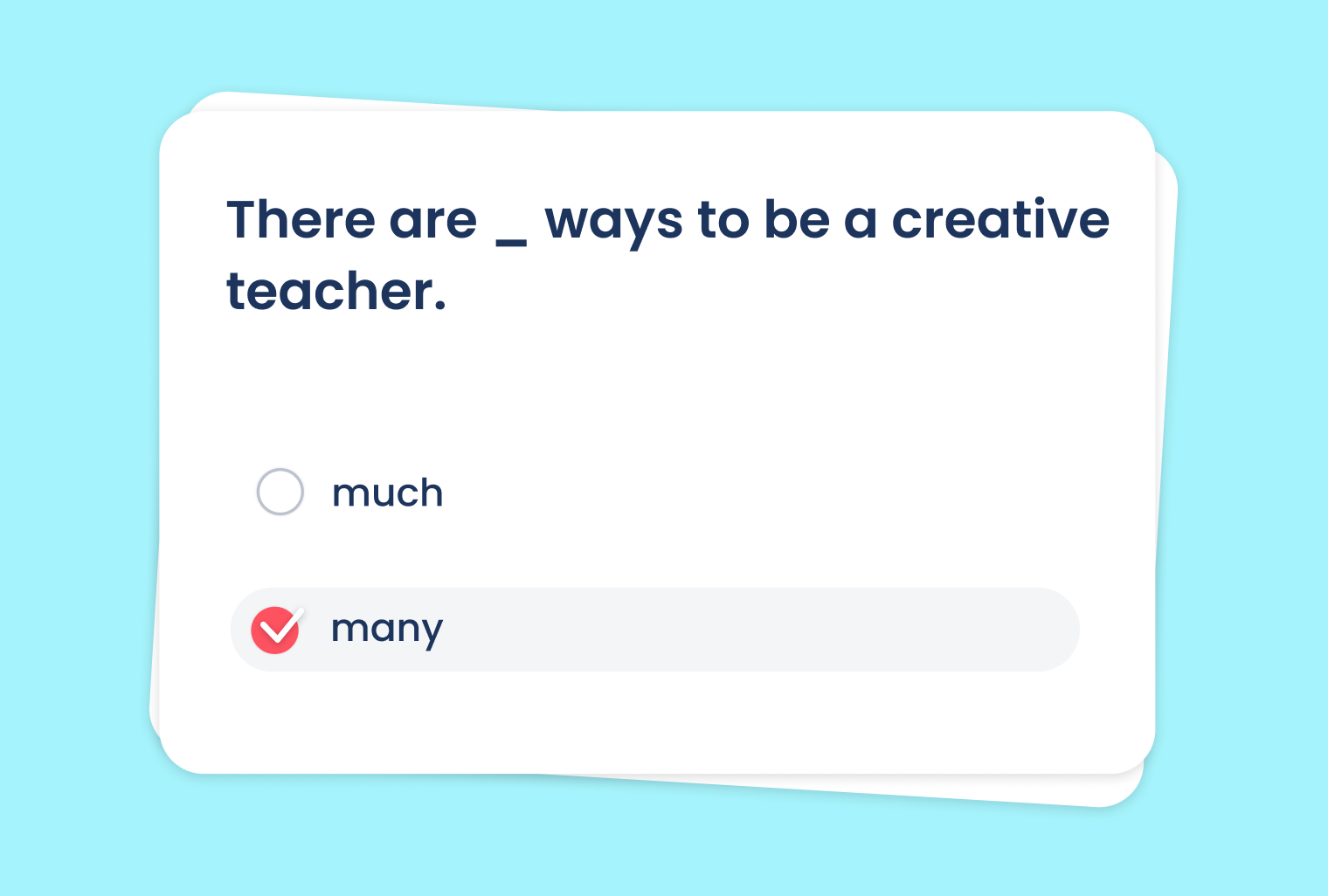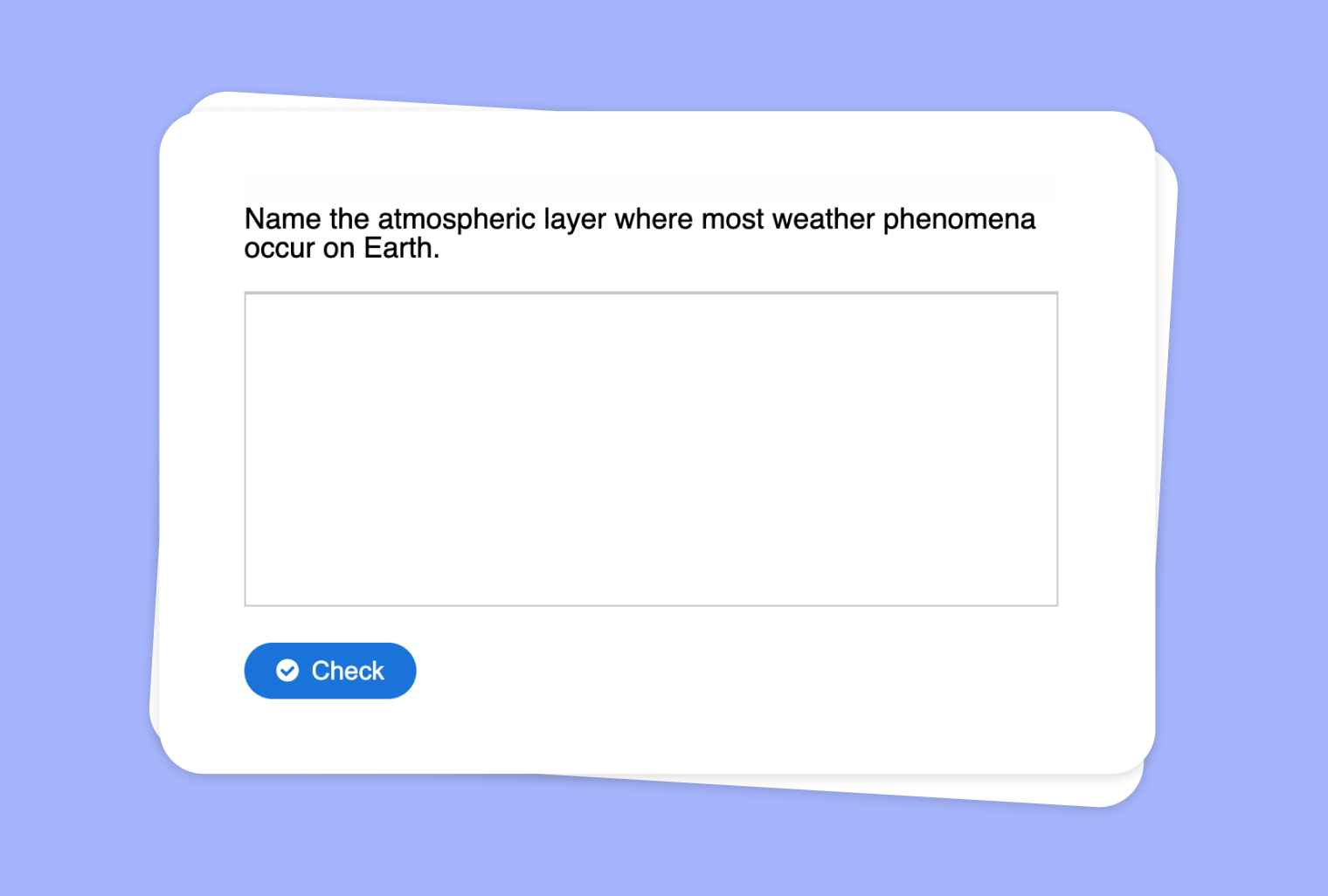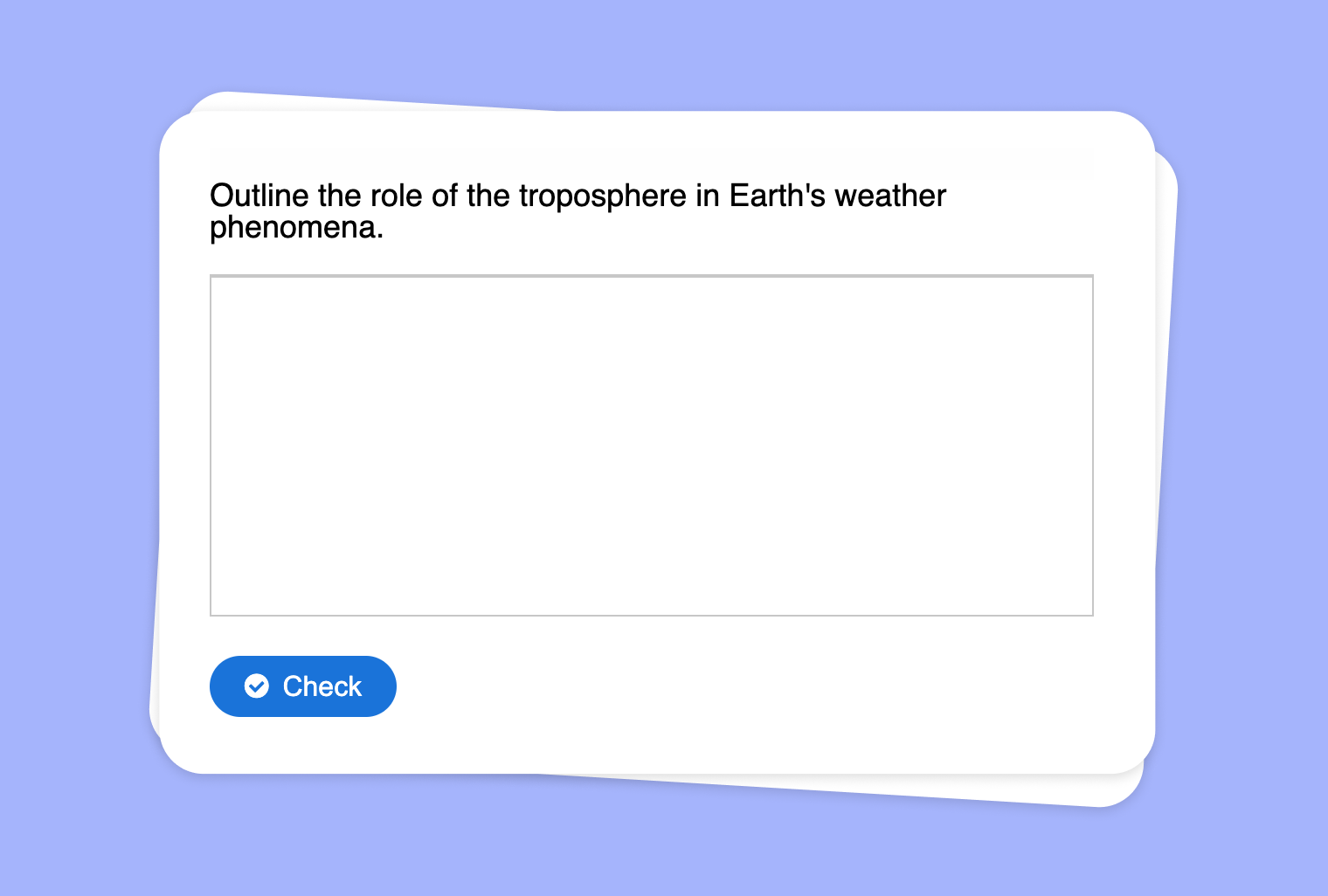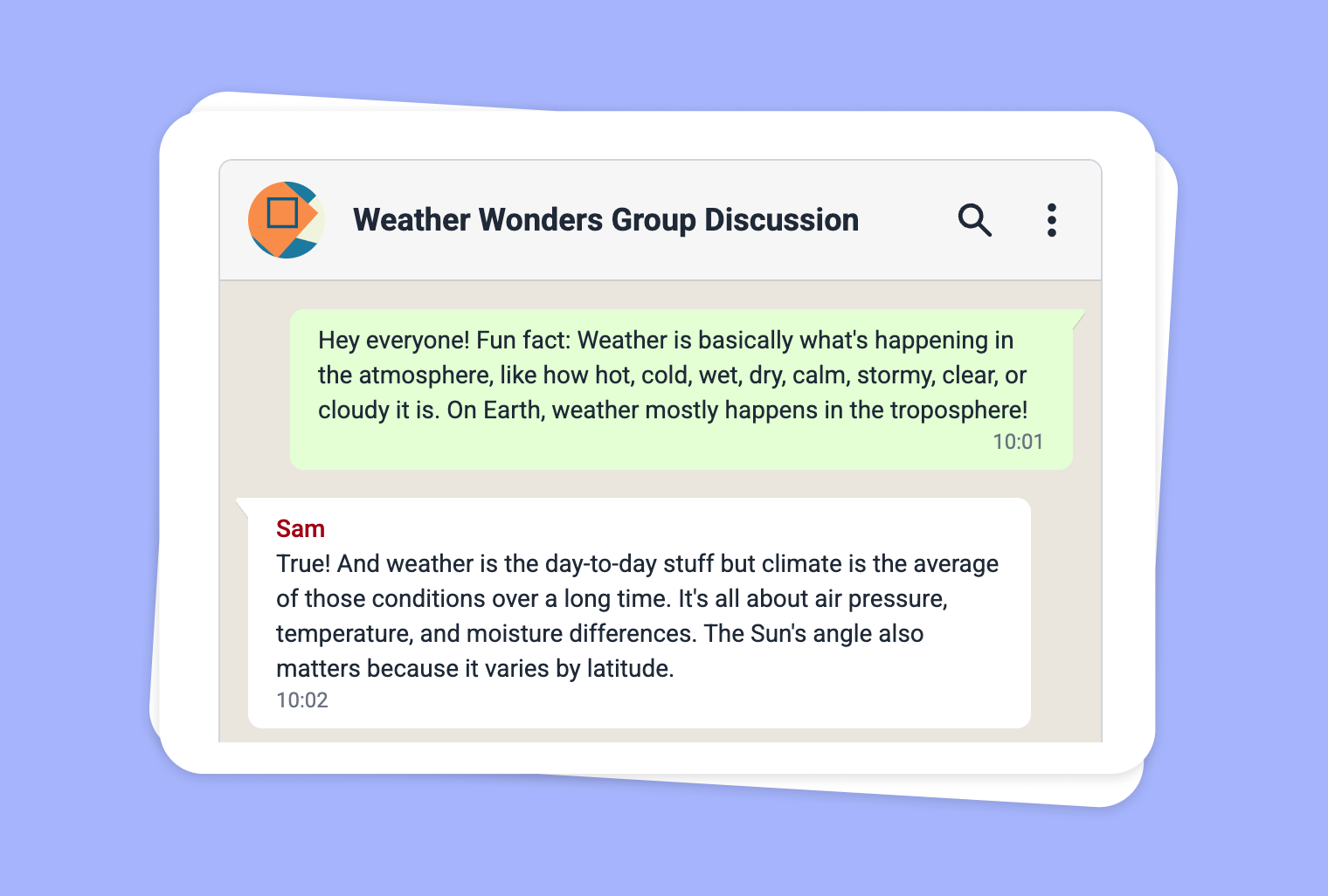How to Teach Much vs Many in a Fun Way

Teaching Ideas
Understanding quantifiers like "much" and "many" can be tricky for students. Making abstract grammar concepts concrete is key to helping them grasp the difference. This article shares hands-on activities, games, and tips to teach much vs many in an engaging way.
Hands-On Activities for Much and Many
Getting students out of their seats and physically interacting with learning materials sticks in their brain better than worksheets alone. Here are some active ideas:
Much and Many Sorting: Set up two hula hoops labeled "much" and "many." Have students sort objects like balls, blocks, and toys into the correct hoop. They have to decide if "much water" or "many balls" is correct.
Scooping Game: Use rice, beads, pompoms etc. Let students scoop different amounts into cups. Ask if they scooped "much rice" or "many beads."
Food Sorting: Provide snacks like popcorn, M&Ms, goldfish etc. Have kids sort into "much popcorn" and "many M&Ms" piles. They can eat the snacks after!
Crafting Quantifiers: Make DIY manipulatives like paperclip chains for "many" and clay balls for "much." Students can reference their creations.
Interactive Much vs Many Games
Games add fun competition and keep kids engaged. Have students play:
Much and Many Memory: Make memory cards with "much" on one and a picture of something uncountable on the other. Make "many" cards with countable items. Mix up and play memory.
Quick Sort: Call out phrases like "many pencils" or "much sand." Students race to sort real objects or pictures into "much" and "many" categories.
Quantifier Twister: Make a twister board with "much" and "many" spots. Call out a phrase and have students twist to the right spot. Last one standing wins!
Beach Ball Toss: Write "much" and "many" on a beach ball. Toss it around and whoever catches it has to make a correct phrase with their word.
Teaching Tips for Much and Many
Focus on the grammar rule that "much" is for uncountable nouns like water, while "many" is for countable nouns like balls.
Use manipulatives they can see and touch to make it concrete before working up to abstract concepts.
Let them get hands-on by pouring water, scooping sand, counting blocks. Physical interaction cements the learning.
Make your own quick much vs many practice worksheets on Wordwall to supplement the activities.
Track their progress with a fun assessment game made in Kahoot.
Post examples and have students discuss on Padlet. Collaborating reinforces the concept.
The key is engaging multiple senses with movement, sight, sound, and touch to teach much and many in a memorable way. Games, crafts, activities and collaborative technology tools like Padlet, Wordwall, and Kahoot make it fun.
Looking for more hands-on, engaging resources? The problem is always finding teaching content that resonates. Our platform to-teach was created by teachers for teachers to easily create customized exercises, worksheets and lesson plans. With AI assistance, you can make and adapt materials on the topics that students find interesting and enjoyable. Check us out for all your much vs many teaching needs!
Sign Up for to-teach.ai!
Join more than 100,000 educators who are transforming their lesson planning with to-teach.ai

Sign Up for to-teach.ai!
Join more than 100,000 educators who are transforming their lesson planning with to-teach.ai
Start for free
Use an Image for Questions with Sample Solutions
Transform any image into a series of targeted questions complete with sample solutions, enabling visually driven learning and deeper comprehension of the subject.

Use an Image as the Basis for a Task: Working with Instruction Verbs
Use an image as the foundation for tasks that incorporate specific instruction verbs, helping educators craft questions with sample answers based on visual content.

Transform Your Image into a WhatsApp Chat Conversation
Make your texts more exciting with our WhatsApp chat format